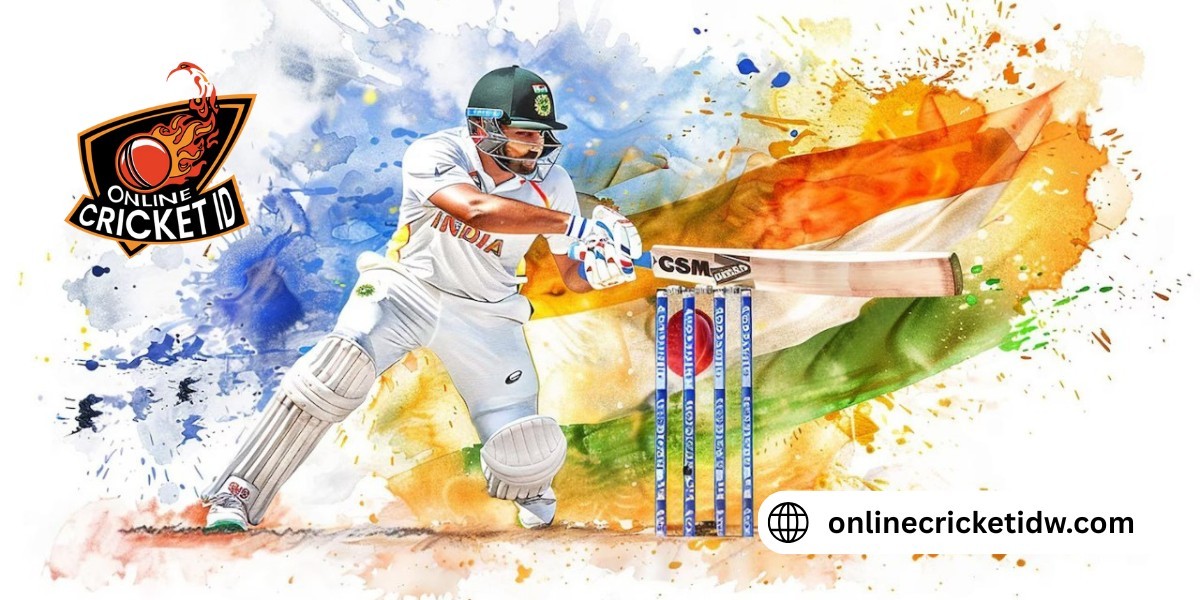In an increasingly fast-paced and stressful world, one thing remains universally appreciated and sought after—funny content. From viral memes and comedic skits to stand-up clips and relatable social media posts, funny content has become one of the most consumed and shared forms of entertainment on the internet. But what exactly makes something "funny," and why has humor become such a dominant force in modern digital culture?
This article explores the phenomenon of funny content: what it is, how it's made, why it works, and what it means in the bigger picture of media, communication, and human connection.
What Is Funny Content?
Funny content refers to any form of media—written, visual, or audio—that is intended to entertain and amuse its audience through humor. It spans a wide range of formats, including:
Memes
Short comedy videos (e.g., TikToks, Instagram Reels, YouTube Shorts)
Satirical articles
Stand-up comedy clips
Animated cartoons
Funny voiceovers and remixes
Parody music or videos
Comedic podcasts or skits
The goal of funny content is simple: to make people laugh or smile. But behind that simplicity is a deep understanding of timing, culture, relatability, and human psychology.
Why Is Funny Content So Popular?
1. It Offers Instant Gratification
Funny content often delivers quick laughs in seconds, which is perfect for the modern digital user who has a short attention span. A 15-second clip or a punchy meme can brighten someone’s mood instantly.
2. It’s Universally Relatable
Humor cuts across age, gender, language, and background. Even if the specifics differ by culture, the desire to laugh is universal. Funny content often finds common ground in shared human experiences.
3. It’s Easily Shareable
Whether it’s a tweet, a video, or a meme, funny content is made to be passed around. Social media thrives on shareable material, and nothing spreads faster than a good joke or hilarious clip.
4. It Provides Escapism
In a world filled with stress, bad news, and uncertainty, funny content offers an escape. It’s a momentary break from reality that allows people to unwind.
Key Types of Funny Content
1. Memes
Perhaps the most viral form of humor online, memes are images or videos paired with witty captions. They evolve quickly and are used to comment on everything from current events to relationships and everyday struggles.
2. Skits and Comedy Sketches
Short skits often reflect real-life scenarios with an exaggerated or humorous twist. These are common on platforms like TikTok, Instagram Reels, YouTube, and even Facebook.
3. Stand-up Comedy Clips
Stand-up comedians often share bite-sized clips of their performances, allowing audiences to enjoy jokes without watching an entire set.
4. Parodies and Satire
Funny content often involves parody—imitating something well-known (like a movie, ad, or celebrity) for humorous effect. Satire, on the other hand, uses irony and exaggeration to comment on social or political issues.
5. Prank Videos
Although controversial at times, prank videos are a popular genre of funny content. When done harmlessly, they can be very entertaining.
Platforms That Drive Funny Content
1. TikTok
TikTok revolutionized the way funny content is created and consumed. It’s full of lip-sync battles, humorous voiceovers, and comedic reenactments that gain millions of views in hours.
2. Instagram
With features like Reels and Stories, Instagram has become a go-to hub for creators who want to share short, funny videos and memes with a wide audience.
3. YouTube
YouTube supports both short and long-form content. Many comedians and sketch artists use it to post entire series, parodies, or compilations of jokes.
4. Twitter/X
Funny tweets and witty observations often go viral. Twitter users are known for their humor, using words, gifs, and memes to make timely and clever jokes.
5. Reddit
Subreddits like r/funny or r/memes are dedicated to humor. They serve as great platforms for discovering and sharing new funny content daily.
How Creators Make Funny Content
Creating funny content is both an art and a science. While some people have a natural flair for humor, successful content often follows some common strategies:
1. Know Your Audience
Good comedians and content creators tailor their humor to their audience’s preferences. What works in one region or age group might fall flat in another.
2. Use Timing and Delivery
Comedy relies heavily on timing. A pause before a punchline or the right background music can elevate a joke tremendously.
3. Stay on Trend
Many funny videos are based on current events, pop culture, or trending sounds. Jumping on a trend early can make content go viral.
4. Relatable Content
The best funny content is rooted in reality. People love laughing at situations they’ve experienced themselves—awkward dates, annoying relatives, or frustrating work meetings.
5. Keep It Simple
Overly complicated humor can miss the mark. The most effective funny content is often short, sweet, and to the point.
The Psychology Behind Funny Content
Humor is more than just entertainment—it has deep psychological roots.
Laughter reduces stress by lowering cortisol levels.
Funny content triggers dopamine, the feel-good chemical in our brains.
Humor fosters social bonding, even among strangers.
It builds resilience, helping people cope with adversity through laughter.
In online communities, funny content often becomes a shared language that builds connection and belonging.
The Role of Funny Content in Marketing
Marketers have tapped into the power of humor. Brands that incorporate funny content into their strategies tend to perform better in terms of engagement. Here’s why:
Humor makes ads memorable.
Funny content increases shares and reach.
It helps humanize brands, making them more relatable.
It fosters emotional connection, which can influence purchasing decisions.
Examples include insurance companies using absurd scenarios in their commercials or fast-food chains using meme formats to roast competitors.
Risks and Challenges in Funny Content
1. Offending Audiences
Humor is subjective, and what one person finds funny, another might find offensive. Misjudging tone or crossing sensitive lines can backfire.
2. Plagiarism and Copycats
Viral jokes and formats are often stolen or poorly copied, leading to a lack of originality and disputes over credit.
3. Over-Saturation
The popularity of funny content has led to a flood of content, not all of it high-quality. Audiences can become desensitized if every video or post is trying to be a joke.
4. Platform Policies
Certain types of humor (e.g., dark comedy or satire) might violate platform guidelines, leading to demonetization or bans.
Cultural Variations in Funny Content
What’s funny in one culture might not be in another. Humor often relies on context, language, and local knowledge.
Western humor tends to favor sarcasm, irony, and absurdity.
Asian humor often emphasizes slapstick, wordplay, and exaggerated characters.
Middle Eastern and South Asian humor includes parody, mimicry, and socially-driven comedy.
The global nature of the internet has led to cultural crossovers, where people from different parts of the world appreciate and adapt each other’s styles of humor.
The Future of Funny Content
The world of funny content is only going to grow. With advancements in technology like AI-generated humor, deepfake parodies, and virtual comedians, the landscape is constantly evolving.
We can expect:
More interactive comedy experiences through virtual reality and AR.
Increased personalization, where humor is tailored to individual user tastes.
Blurring of genres, mixing comedy with education (edutainment), news (satirical news shows), or even fitness.
Additionally, the rise of creator-driven platforms and monetization models like Patreon or YouTube memberships will empower more people to make a living from funny content.
Conclusion
Funny content is more than just a distraction—it's a vital part of digital culture, a stress reliever, a social connector, and even a tool for activism and awareness. In a world that often takes itself too seriously, humor reminds us of our shared humanity and brings joy in bite-sized, scrollable moments.
Whether it’s a perfectly timed meme, a hilarious TikTok, or a sarcastic tweet, funny content is proof that a good laugh is just a click away—and sometimes, that’s exactly what we need.








